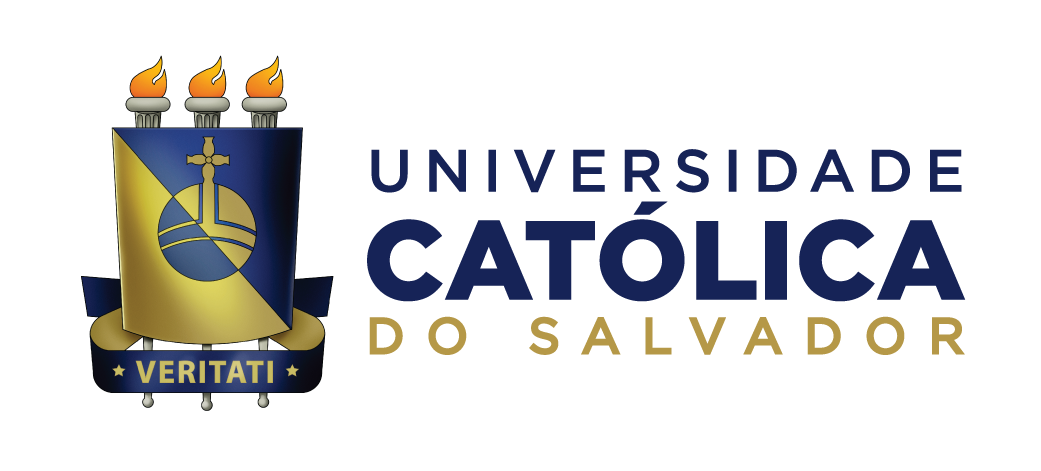Use este identificador para citar ou linkar para este item:
http://104.156.251.59:8080/jspui/handle/123456730/224| Título: | A família no cárcere: uma contribuição à crítica do método de cumprimento de pena criminal na APAC de Itaúna (MG) |
| Autor(es): | Cavalcanti, Vanessa Ribeiro Simon http://lattes.cnpq.br/6538283866214716 Estevão, Carlos Alberto Vilar Silva, Antonio Carlos da Petrini, Giancarlo |
| Palavras-chave: | Família Sociedade Direitos Humanos Prisão APAC Family Society Human Rights Prison APAC |
| Data do documento: | 19-Mai-2014 |
| Editor: | Universidade Catolica de Salvador |
| Resumo: | Insertedwithintheresearchlineof Family in the Social Sciences, thepresentdissertationfocusesontheBrazilian system offulfilmentofsentences, whichdeprivethe individual offreedom. In a contextofalarmingnumbersandenormousviolations, thepenaltyisseen as a promoter oftheloosening, ifnottherupture, oftheinmate’sfamilyties. The investigationaimstodevelopthenotionoftherelationbetweenfamilyandhumandignity, andfurthermore observe howthenormsandpublicpolicyrelatedtoincarcerationconsiderthe social subjectofthefamily. Byfield research, it analyzes a model of sentence serving in which the preservation of family ties is one of the fundaments for the acheivement of the objective of the inmate’s (re)integration to the community. It is a qualitative research outlined by the case study of the system of the Association for the Protection and Assistance to the Condemned – APAC, int he city of Itaúna, in the countryside of Minas Gerais state, in the male prison. The theoretical approach used is the Tridimensional Law Theory and the axiological aspect of the Sacredness of the Peron. As for the Family approach and the family public policy, Singly (2000; 2007) and Donati’s (2008) are the theoretical fundaments in the analysis of norms and policies directed to the criminal justice system. The conclusion reached at the end of the investigation is that there is no way of reintegrating someone not yet integrated to the society as a human being, considering Human Rights are not for all human beings, or expecting that once deprived of their family ties the inmates have any structures left to prevent them from returning to the cycle of violence/incarceration. |
| URI: | http://hdl.handle.net/123456730/224 |
| Aparece nas coleções: | Dissertações de Mestrado |
Arquivos associados a este item:
| Arquivo | Descrição | Tamanho | Formato | |
|---|---|---|---|---|
| DISSERTACAORODRIGOGUERRA.pdf | 2.19 MB | Adobe PDF | Visualizar/Abrir |
Os itens no repositório estão protegidos por copyright, com todos os direitos reservados, salvo quando é indicado o contrário.

